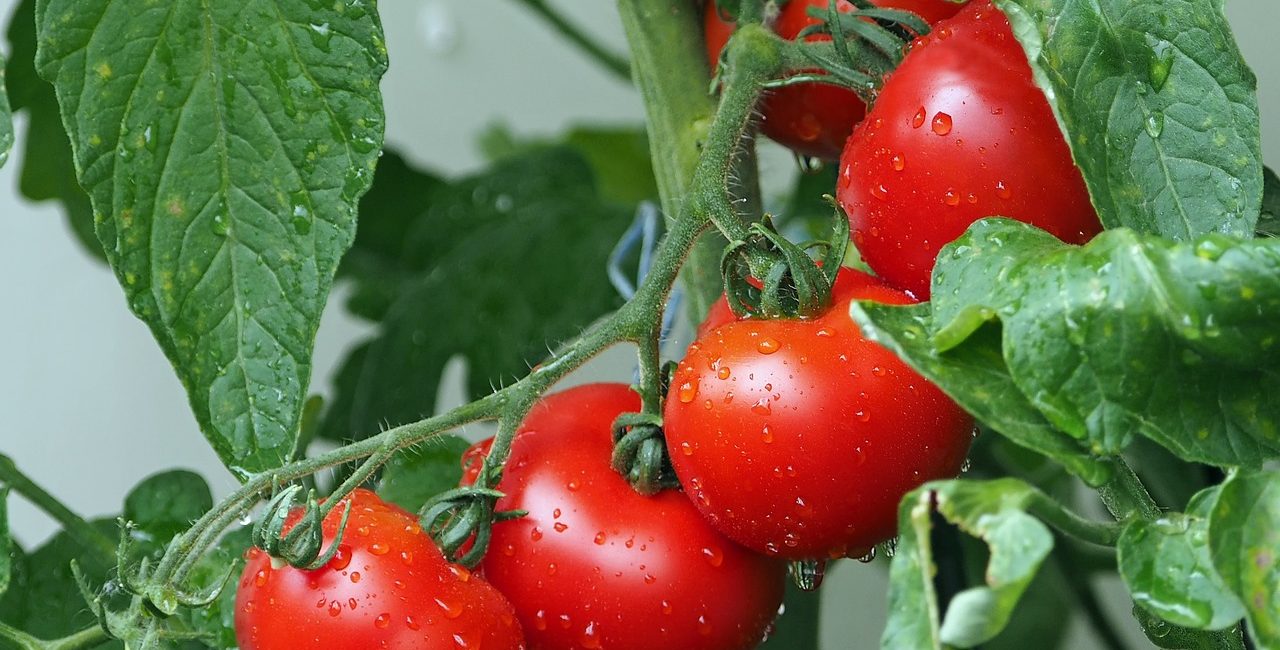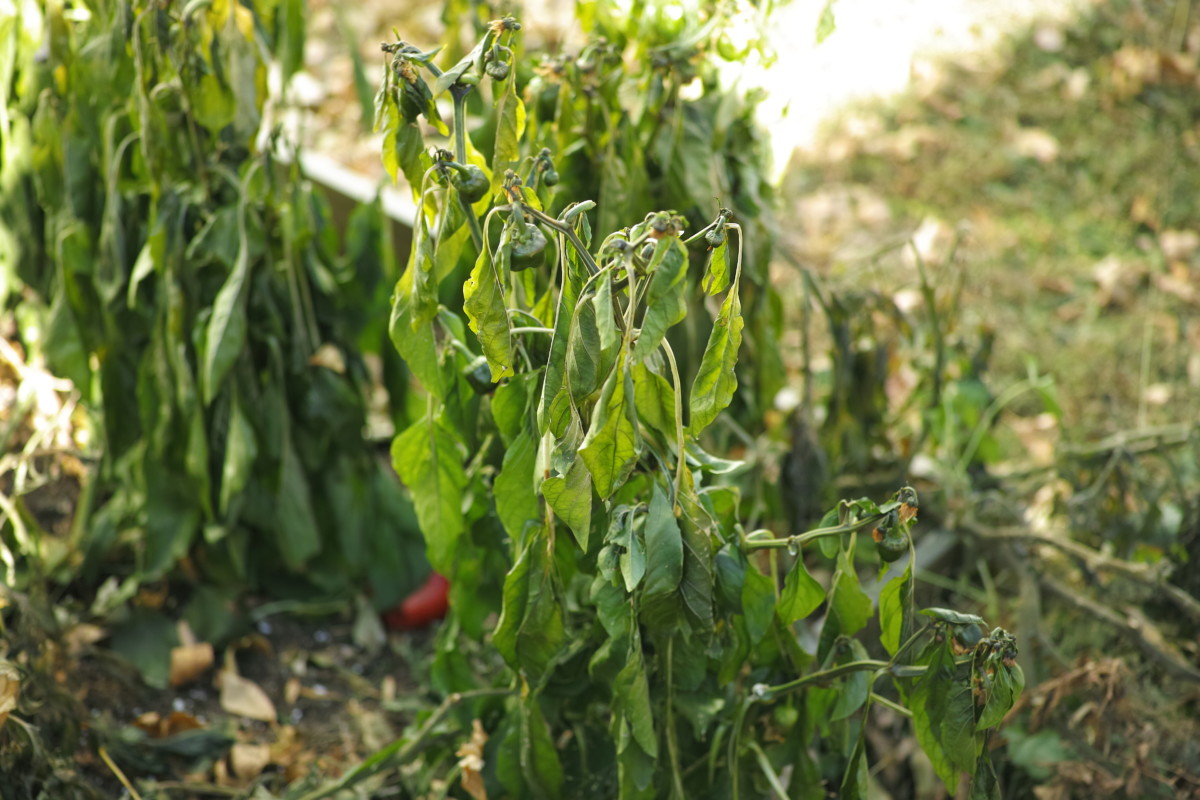There’s something undeniably satisfying about plucking a ripe, juicy tomato from your own garden. Homegrown tomatoes not only taste better than store-bought ones but also offer a sense of accomplishment. However, growing bigger and juicier tomatoes requires some know-how and a little extra care. In this guide, we’ll explore ten proven techniques that can help you achieve luscious, flavorful tomatoes that will have your taste buds dancing.
Choose the Right Tomato Varieties
Selecting the right tomato varieties is crucial to achieving bigger and juicier fruits. Varieties like Beefsteak, Brandywine, and Big Boy are known for their large, succulent tomatoes. If you prefer cherry tomatoes, consider Sweet 100 or Sungold, as they’re renowned for their sweetness.
Start with Healthy Soil
Healthy soil is the foundation of a thriving tomato plant. Before planting, amend your soil with well-rotted compost or organic matter. Tomatoes prefer slightly acidic soil with a pH level of around 6.0 to 6.8. Ensuring your soil is nutrient-rich will provide the necessary food for your tomatoes to grow robust and flavorful.
Plant in the Right Location
Tomatoes are sun lovers. Choose a spot in your garden that receives at least 6-8 hours of direct sunlight daily. Adequate sunlight not only encourages fruit production but also helps develop the sugars that make tomatoes taste sweet and juicy.
Proper Spacing
Give your tomato plants plenty of space to grow. Crowding can lead to reduced air circulation, which can encourage disease. Aim to plant them 2 to 3 feet apart, depending on the variety.
Mulch and Water Consistently
Mulch your tomato plants to conserve moisture and regulate soil temperature. This helps prevent problems like blossom-end rot. Water consistently, aiming for deep, even watering to keep the soil consistently moist but not waterlogged. Use a soaker hose or drip irrigation to keep the foliage dry and reduce the risk of fungal diseases.
Pruning and Training
Pruning and training your tomato plants can help redirect energy towards fruit production. Pinch off the suckers (small side shoots) that form in the leaf axils, as they can divert nutrients away from the main stem. Use stakes or cages to support the plants, keeping them off the ground to prevent disease and ensure even ripening.
Fertilize Wisely
Tomatoes are heavy feeders, so they benefit from regular feeding. Start with a balanced fertilizer when planting, and then provide a balanced, slow-release fertilizer or compost throughout the growing season. Avoid over-fertilizing with high-nitrogen fertilizers, as this can result in excessive foliage growth at the expense of fruit.

Prune Bottom Leaves
As your tomato plants grow, consider pruning some of the lower leaves that touch the ground. This can help reduce the risk of soil-borne diseases splashing onto the leaves and fruits. Maintain good airflow around the lower part of the plant.
Use Epsom Salt
Epsom salt, rich in magnesium, can boost tomato growth and flavor. Mix a tablespoon of Epsom salt with a gallon of water and apply it to your plants every two to three weeks. The magnesium in Epsom salt helps with photosynthesis, which is essential for tomato development.
Harvest at the Right Time
Finally, harvesting your tomatoes at the right time can significantly affect flavor. Wait until the fruits are fully ripe on the vine. They should have vibrant color and give slightly when gently squeezed. Picking tomatoes at their peak of ripeness ensures the best taste and juiciness.
Growing bigger and juicier tomatoes is a rewarding endeavor that combines proper planning, care, and attention to detail. By selecting the right varieties, nurturing your soil, providing ideal growing conditions, and following these proven techniques, you can enjoy a bountiful harvest of mouthwatering tomatoes from your garden. Remember, the taste of a sun-ripened, homegrown tomato is one of summer’s greatest pleasures, and it’s well worth the effort. Happy gardening!




